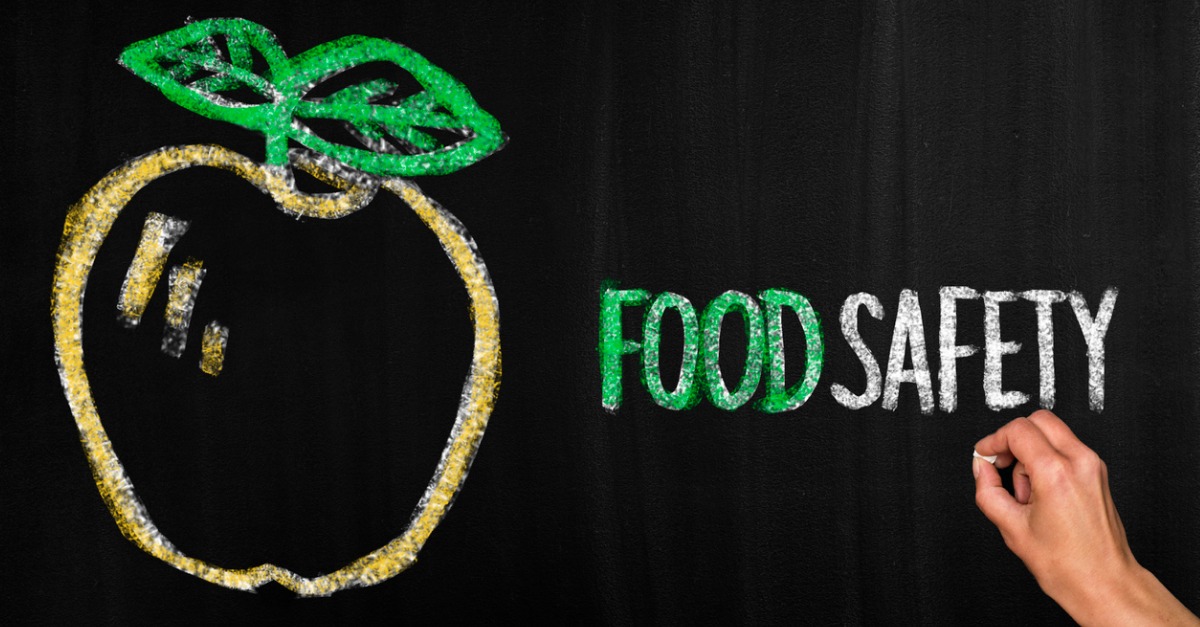
The 4 Steps to Food Safety
According to the U.S. Food and Drug Administration (FDA), this country’s food supply is among the safest in the world. However, certain bacteria and pathogens can contaminate food and cause foodborne illness, commonly known as food poisoning.
Although most healthy people will quickly recover from a foodborne illness, some can develop chronic, severe or even life-threatening health problems. To keep your family safer from food poisoning, the FDA recommends following four simple steps: clean, separate, cook and chill.
Clean
- Wash your hands with warm water and soap for at least 20 seconds before and after handling food and after using the bathroom, changing diapers and handling pets.
- Wash your cutting boards, dishes, utensils and countertops with hot, soapy water after preparing each food item.
- Consider using paper towels to clean kitchen surfaces. If you use cloth towels, launder them often in the hot cycle.
- Rinse all fresh fruits and vegetables under running tap water, and scrub firm produce with a clean produce brush.
- With canned goods, clean the lids before opening.
Separate
- Separate raw meat, seafood and eggs from other foods in your shopping cart, grocery bags and refrigerator.
- Use one cutting board for fresh produce and a separate one for raw meat, seafood and eggs.
- Never place cooked food on a plate that previously held raw items unless the plate has been washed in hot, soapy water.
- Don’t reuse marinades used on raw foods unless you bring them to a boil first.
Cook
- Color and texture are unreliable indicators of safety. Using a food thermometer is the only way to ensure the safety of meat, poultry, seafood and egg products for all cooking methods. These foods must be cooked to a safe minimum internal temperature to destroy any harmful bacteria.
- Cook eggs until the yolk and white are firm. Only use recipes in which eggs are cooked or heated thoroughly.
- When cooking in a microwave, cover food, stir and rotate for even cooking. If there’s no turntable, rotate the dish by hand once or twice during cooking. Allow standing time, which completes the cooking, before checking the internal temperature with a food thermometer.
- Bring sauces, soups and gravy to a boil when reheating.
Chill
- Use an appliance thermometer to ensure the refrigerator’s temperature is consistently 40 degrees Fahrenheit or below and the freezer’s temperature is at least 0 degrees Fahrenheit.
- Refrigerate or freeze meat, poultry, eggs, seafood and other perishables within two hours of cooking or purchasing. Refrigerate within one hour if it’s above 90 degrees Fahrenheit outside.
- Never thaw food at room temperature, such as on the countertop. There are three safe ways to defrost food: in the refrigerator, cold water and the microwave. Food thawed in cold water or the microwave should be cooked immediately.
- Always marinate food in the refrigerator.
According to the FDA, signs of foodborne illness include vomiting, diarrhea, abdominal pain and flu-like symptoms, such as fever, headache and body ache. If you think you or a family member has a foodborne illness, contact your healthcare provider immediately.




